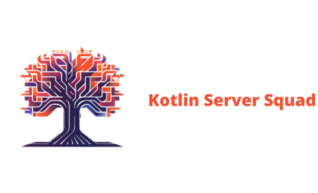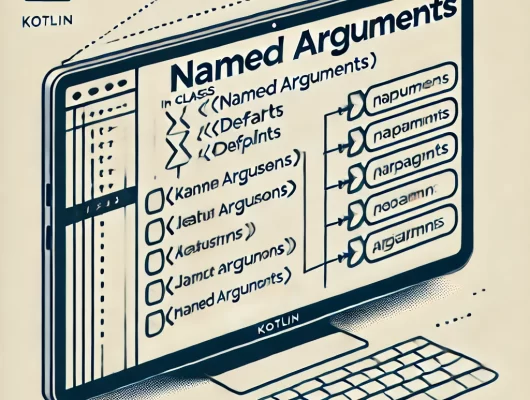Sealed interfaces are a cornerstone in our project, employed extensively for mapping results and facilitating seamless communication between services. Their structured approach enhances our ability to manage data exchanges efficiently.
In this lecture, our focus is on implementation based on solid principles
In the realm of backend development, Kotlin’s sealed classes and interfaces offer powerful tools for structuring data and managing responses efficiently. These constructs ensure type safety, simplify error handling, and streamline data modeling, making them indispensable for developers.
Sealed Classes: Streamlining Responses and Error Handling
Sealed classes in Kotlin allow for defining a restricted hierarchy of classes that represent various states or types of responses. This feature is particularly useful for modeling API responses, where different outcomes such as success, error, and loading states need to be handled distinctly.
Example: API Response Sealed Class
sealed class ApiResponse<out T> {
data class Success<T>(val data: T) : ApiResponse<T>()
data class Error(val message: String) : ApiResponse<Nothing>()
object Loading : ApiResponse<Nothing>()
}In this example, ApiResponse is a sealed class that can represent:
Successwith data of typeTErrorwith an error messageLoadingto indicate an ongoing process
Usage Example:
fun fetchData(): ApiResponse<String> {
// Simulate API call
return ApiResponse.Success("Hello, World!")
}
fun handleResponse(response: ApiResponse<String>) {
when (response) {
is ApiResponse.Success -> println("Success: ${response.data}")
is ApiResponse.Error -> println("Error: ${response.message}")
ApiResponse.Loading -> println("Loading...")
}
}Sealed Interfaces: Organizing Data Structures
Sealed interfaces are beneficial for categorizing related data structures without adding behavior to them. They enforce that all implementing classes are defined within the same module, promoting a structured and maintainable codebase.
Example: Database Entity Types
sealed interface Entity
data class User(val id: Long, val name: String) : Entity
data class Product(val id: Long, val name: String, val price: Double) : Entity
data class Order(val id: Long, val items: List<Product>) : EntityIn this setup, Entity is a sealed interface grouping User, Product, and Order entities, each with their respective attributes.
Usage Example:
fun processEntity(entity: Entity) {
when (entity) {
is User -> println("Processing User: ${entity.name}")
is Product -> println("Processing Product: ${entity.name}")
is Order -> println("Processing Order with ${entity.items.size} items")
}
}Benefits for Backend Development
- Type Safety: Sealed classes and interfaces ensure that all possible states are accounted for, reducing runtime errors.
- Code Clarity: By grouping related types and explicitly defining their structure, code becomes more understandable and maintainable.
- Error Handling: Sealed classes facilitate clear and structured error handling, distinguishing between different error scenarios effectively.
Conclusion
Kotlin’s sealed classes and interfaces are valuable assets for backend developers, providing tools that enhance code safety, clarity, and maintainability. Their ability to manage data structures and API responses efficiently makes Kotlin a robust choice for backend development.







